The pomegranate, scientifically known as Punica granatum, is a fruit revered for its striking appearance, rich history, and myriad health benefits. Originating from the region extending from modern-day Iran to northern India, this fruit has been cultivated for thousands of years and holds significant cultural and religious symbolism in various civilizations.
Characterized by its distinctive round shape, leathery red or yellow skin, and crown-like calyx, the pomegranate is a feast for the eyes. However, its true allure lies within, where hundreds of jewel-like arils are nestled, each containing a sweet-tart juice-packed seed.
Beyond its aesthetic appeal, the pomegranate boasts an impressive nutritional profile. These ruby-red gems are rich in antioxidants, particularly punicalagins and anthocyanins, which have been linked to numerous health benefits, including reducing inflammation, protecting against heart disease, and even potentially inhibiting the growth of certain cancers.
Throughout history, the pomegranate has held symbolic significance in various cultures. In Greek mythology, it was associated with fertility, and in Judaism, it is a symbol of righteousness and prosperity. In many Middle Eastern and Mediterranean cultures, it is a staple ingredient in both savory and sweet dishes, adding a burst of flavor and vibrant color.
In addition to its culinary uses, pomegranate has also found its way into skincare products and traditional medicine. Its extract is believed to possess anti-aging properties and is used in cosmetics and anti-inflammatory creams.
Cultivating pomegranates requires patience, as the trees typically take several years to bear fruit. However, once established, they are relatively low-maintenance, thriving in warm, arid climates with well-drained soil.
Whether enjoyed fresh, juiced, or as a garnish, the pomegranate continues to captivate taste buds and inspire creativity in the kitchen. With its tantalizing taste and health-promoting properties, it’s no wonder this ancient fruit remains a cherished favorite around the globe.



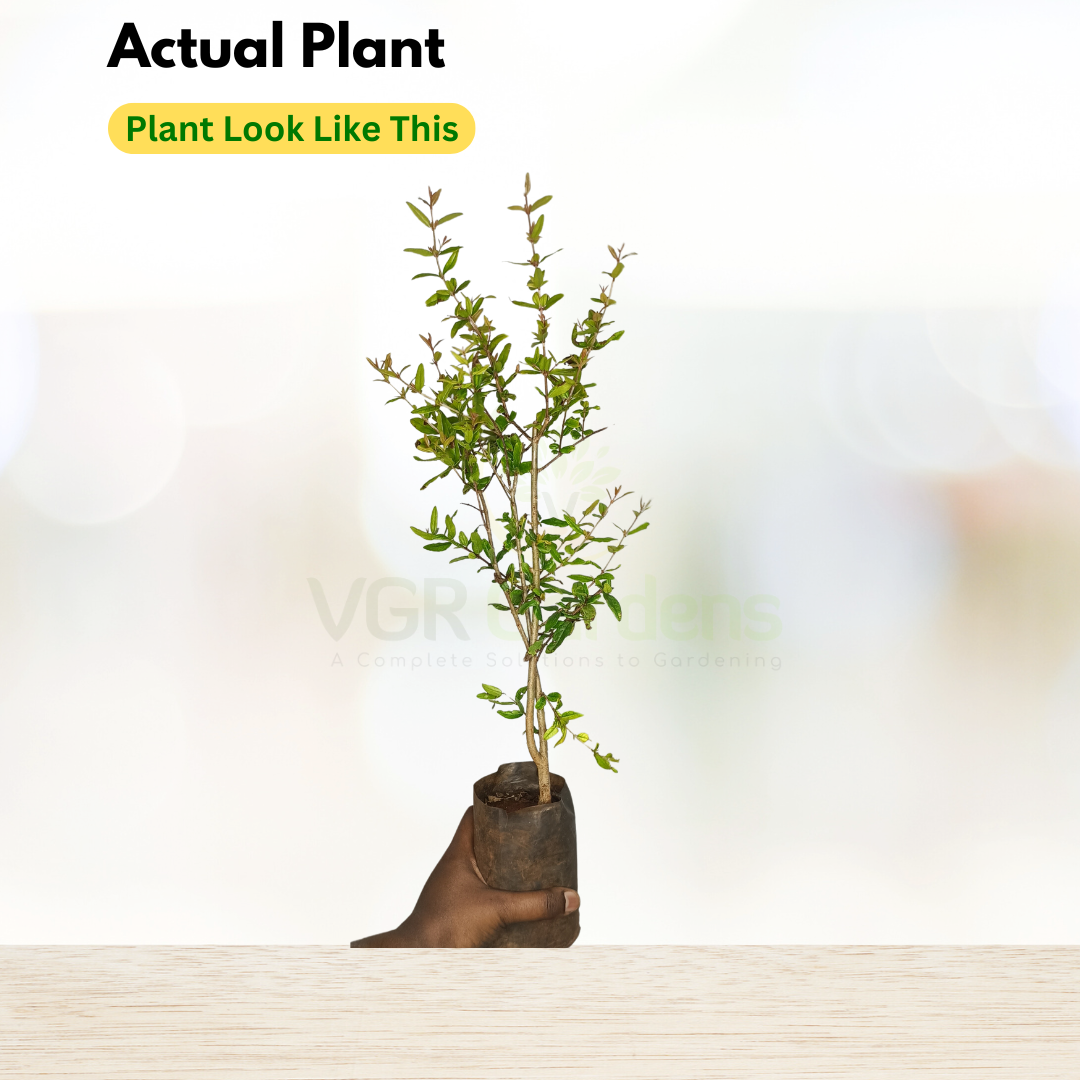

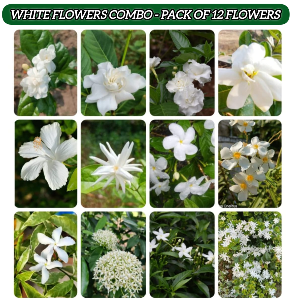
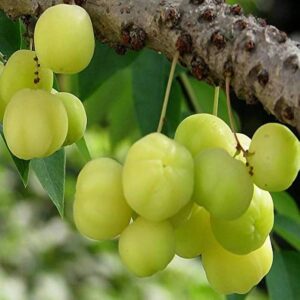
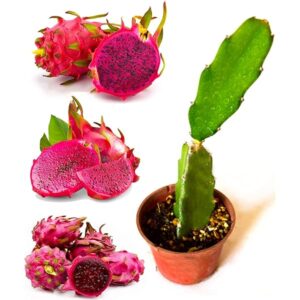
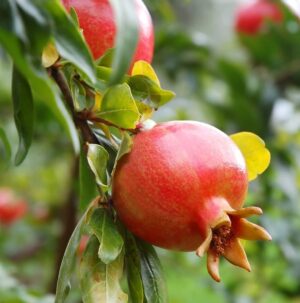
Reviews
There are no reviews yet.